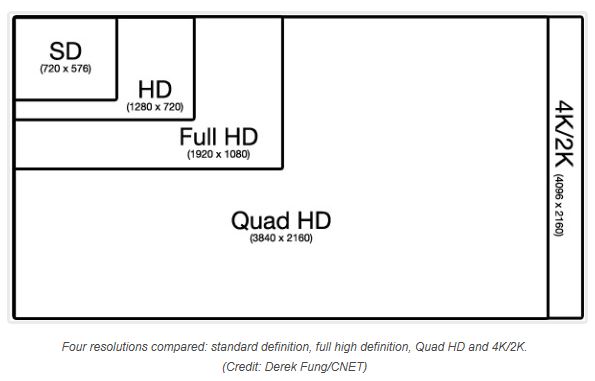

This post contains a detailed guide to help you dig out the difference between 4K and 1080p. So, when buying a TV or recording a video, which resolution to choose? 4K vs 1080p, is 4K better than 1080p? Most digital devices like TVs, cameras, smartphones support both 4K and 1080p resolution.


It is however not along to claim to be “4K”: UHD 4K is also called 2160p but has a resolution of 3840×2160 pixels.
The resolution of 4096×2160 is also referred to as 2160p (2160 “progressive-scan”) and DCI 4K. Resolution refers to the number of pixels contained within the display matrix within which the pixels are laid out as a 2D grid. “Display” is a generic term, and it could be a TV, computer or mobile device, just to cite the most probable ones. It is generally accepted that 4096×2160 represents 4K for Cinema Screens, but other resolutions around these values are commonly called 4K as well. 4K refers to 4K resolution which means that a display device has approximately 4000 pixels of horizontal resolution and 2000 pixels of vertical resolution.


 0 kommentar(er)
0 kommentar(er)
